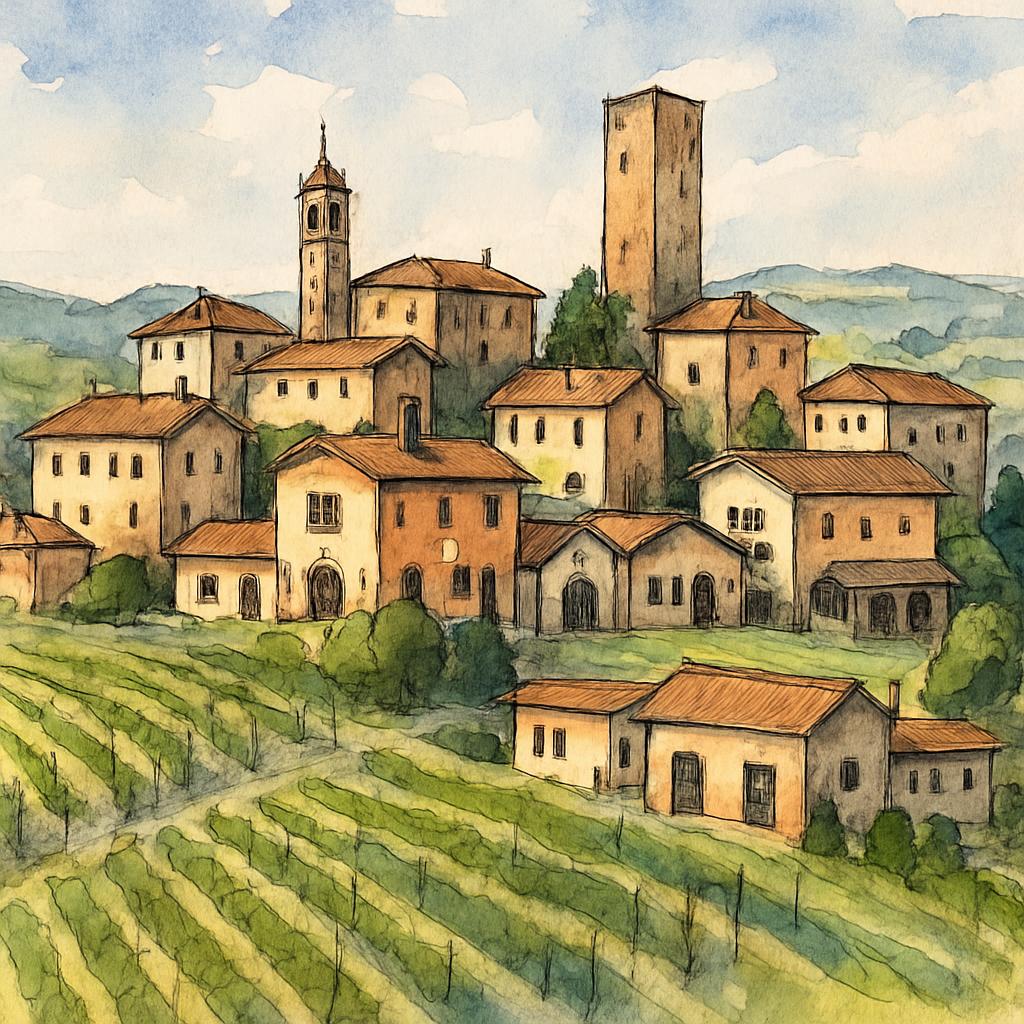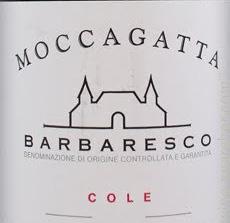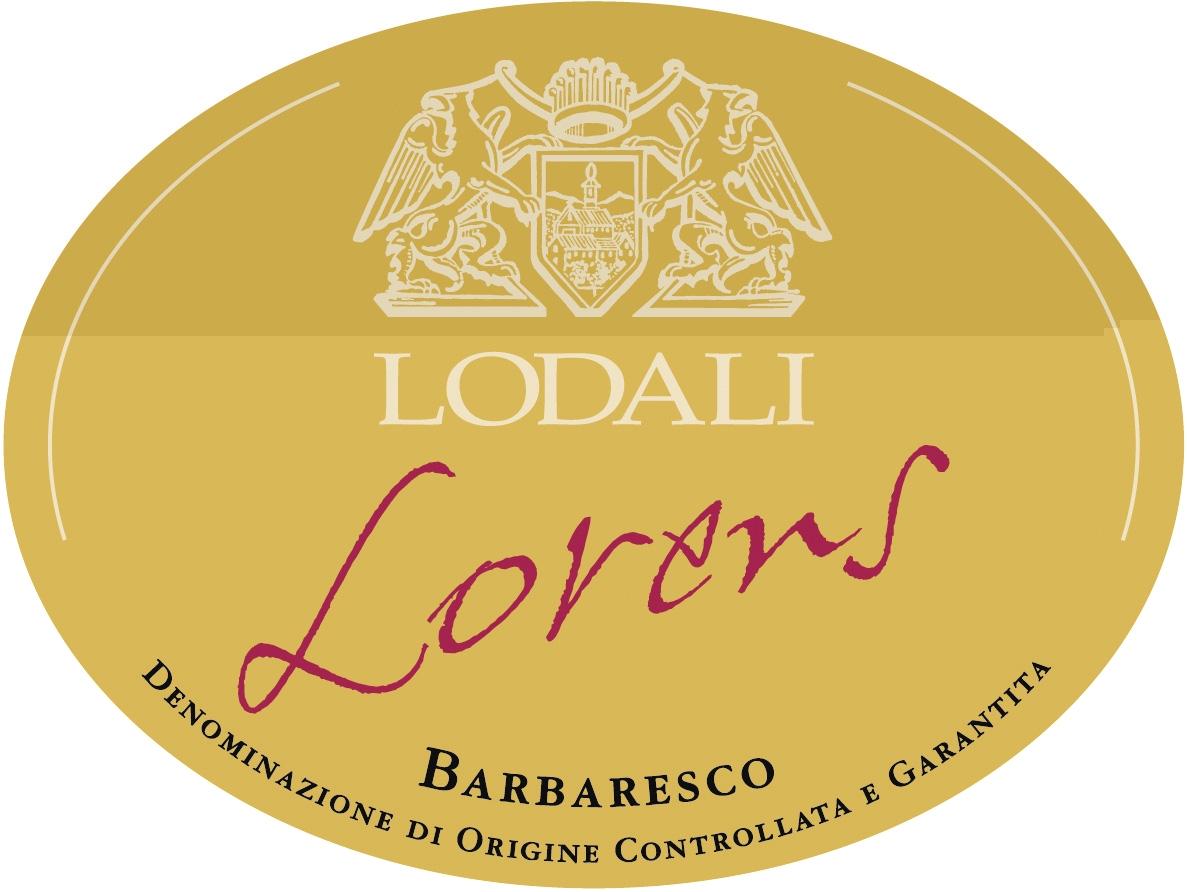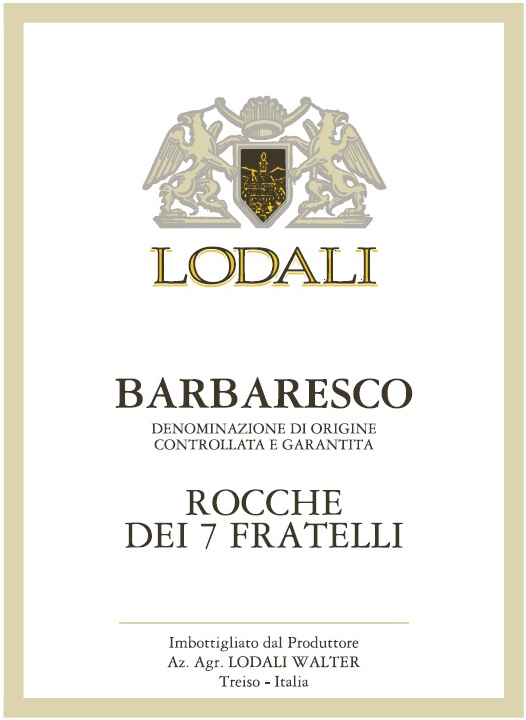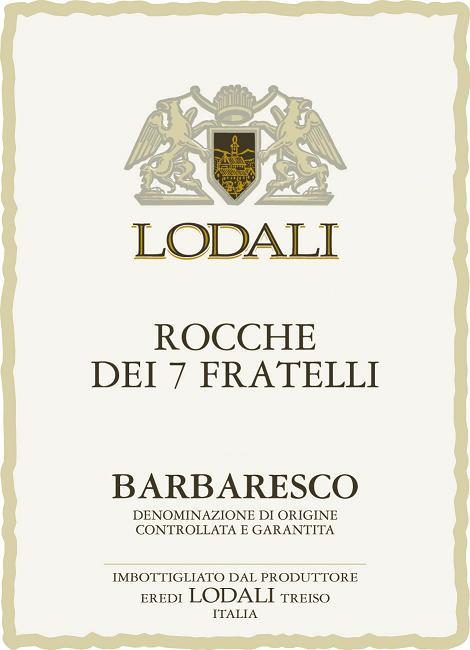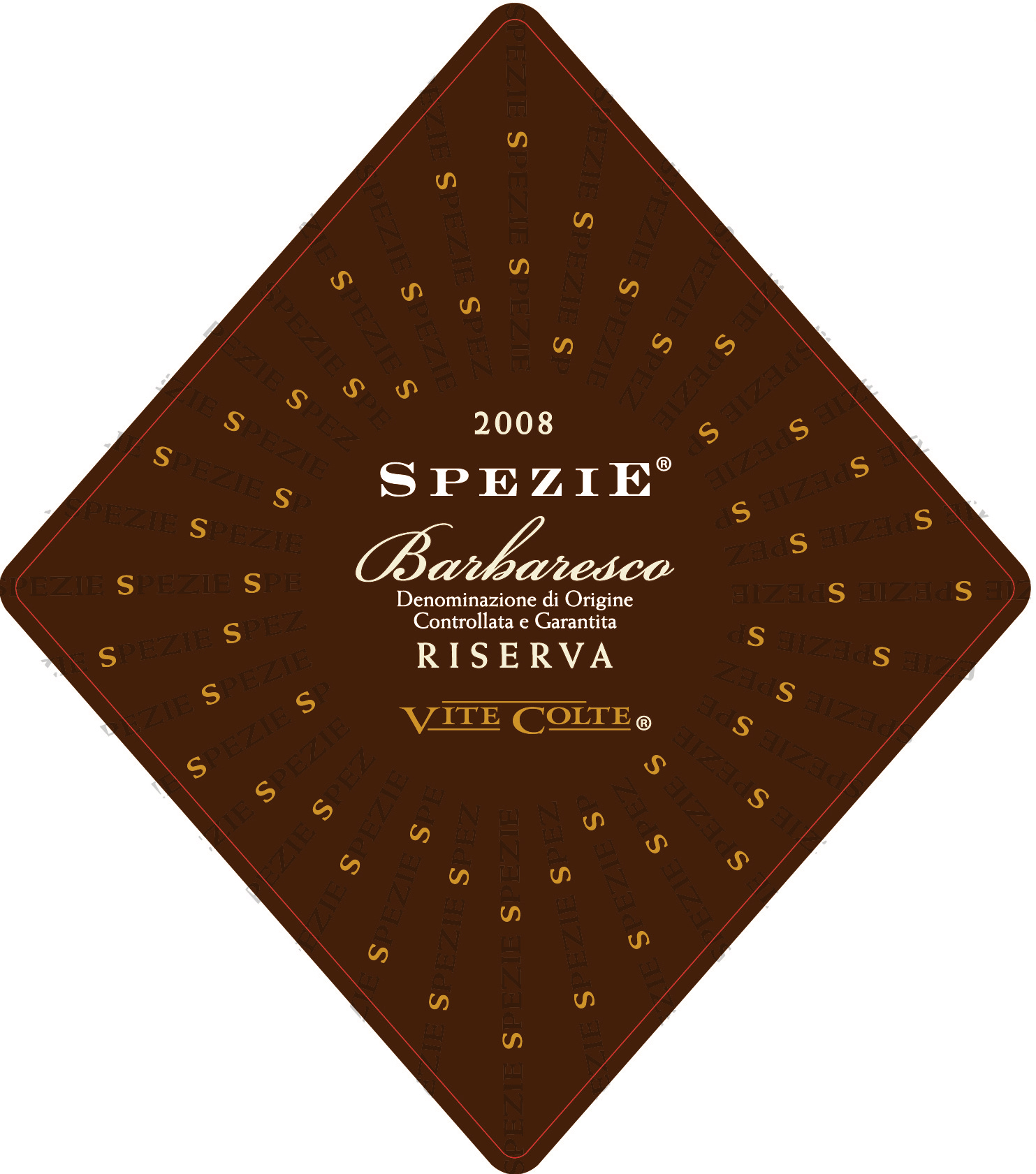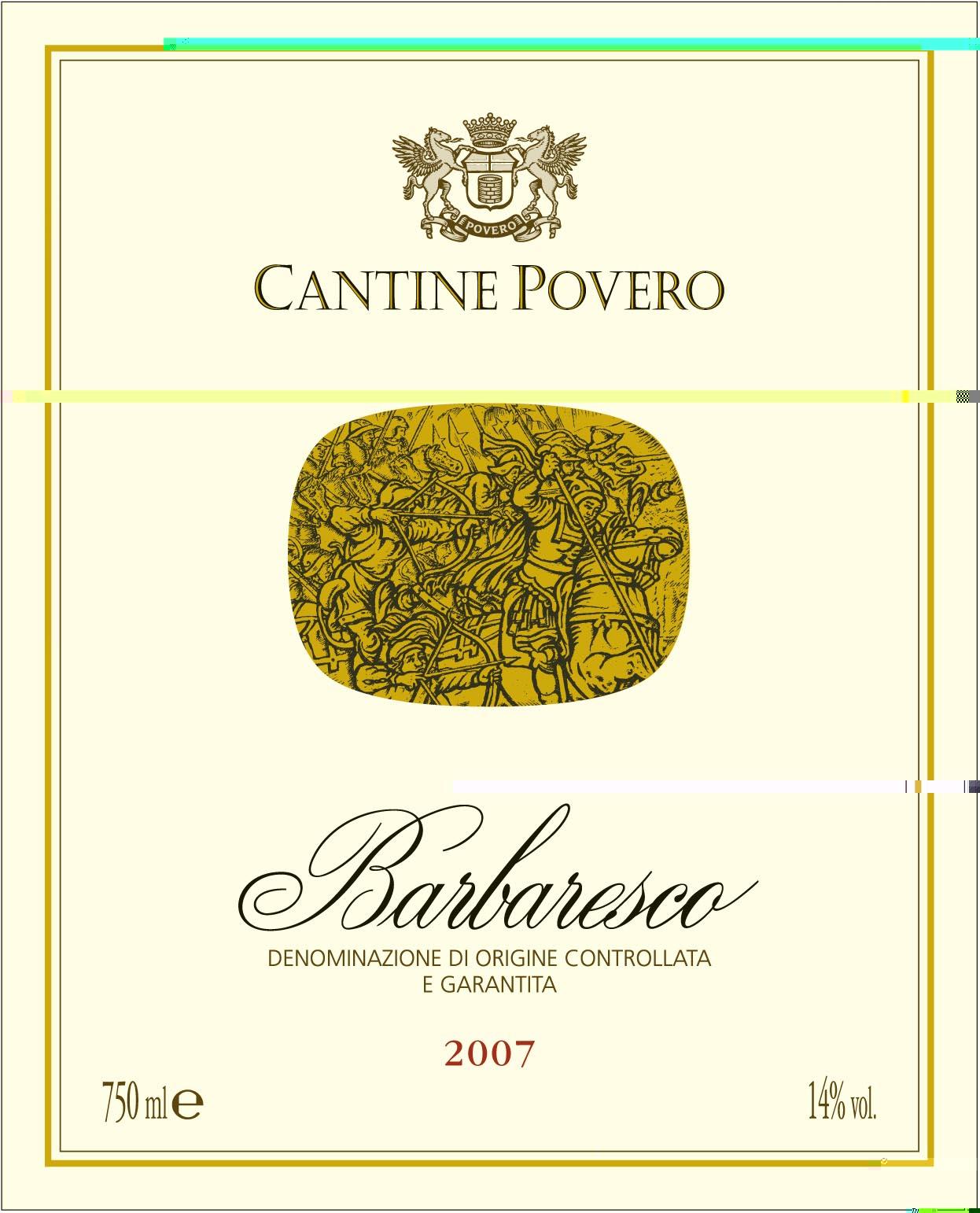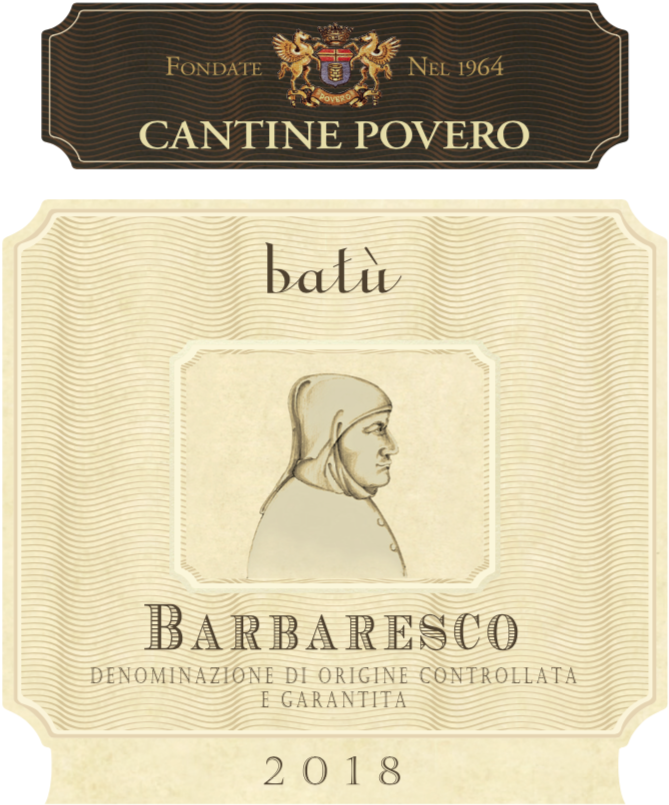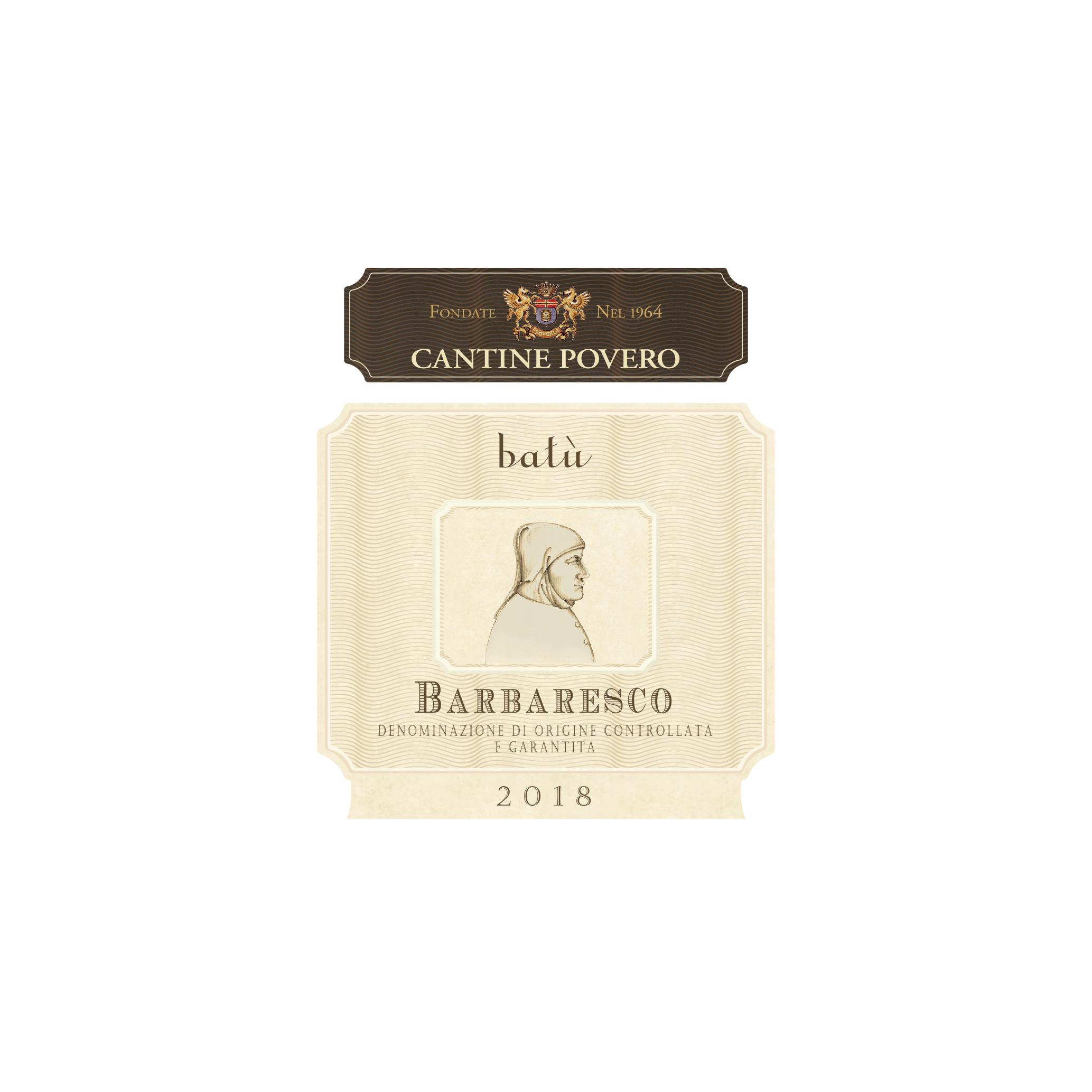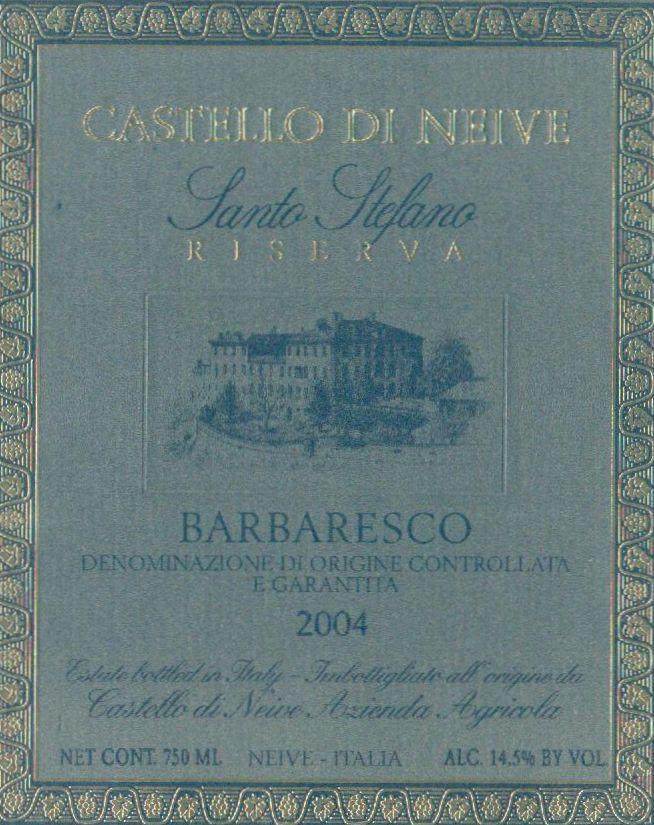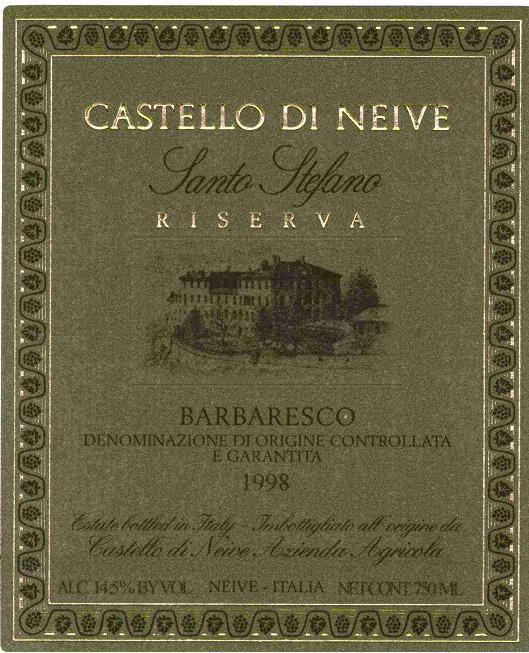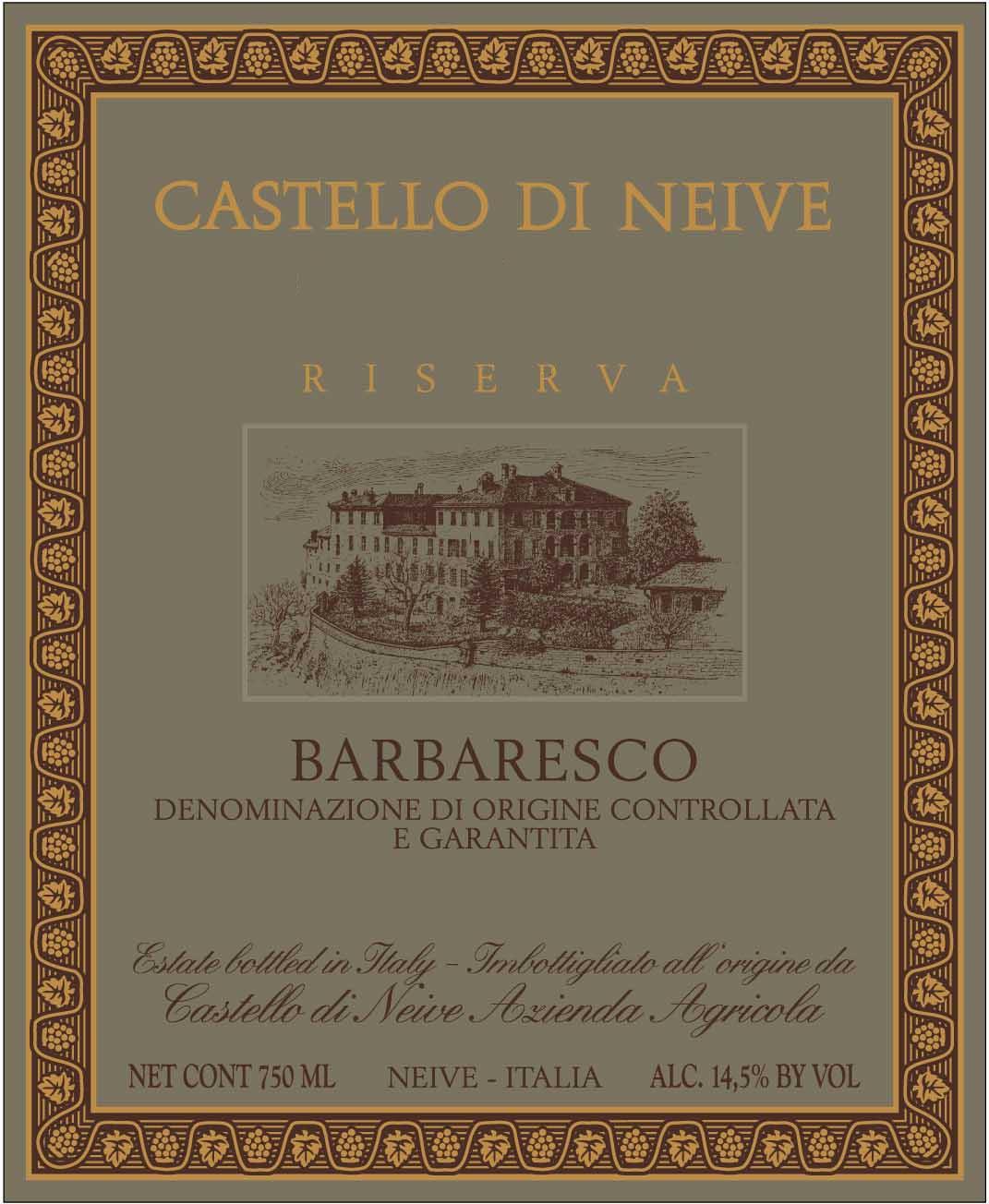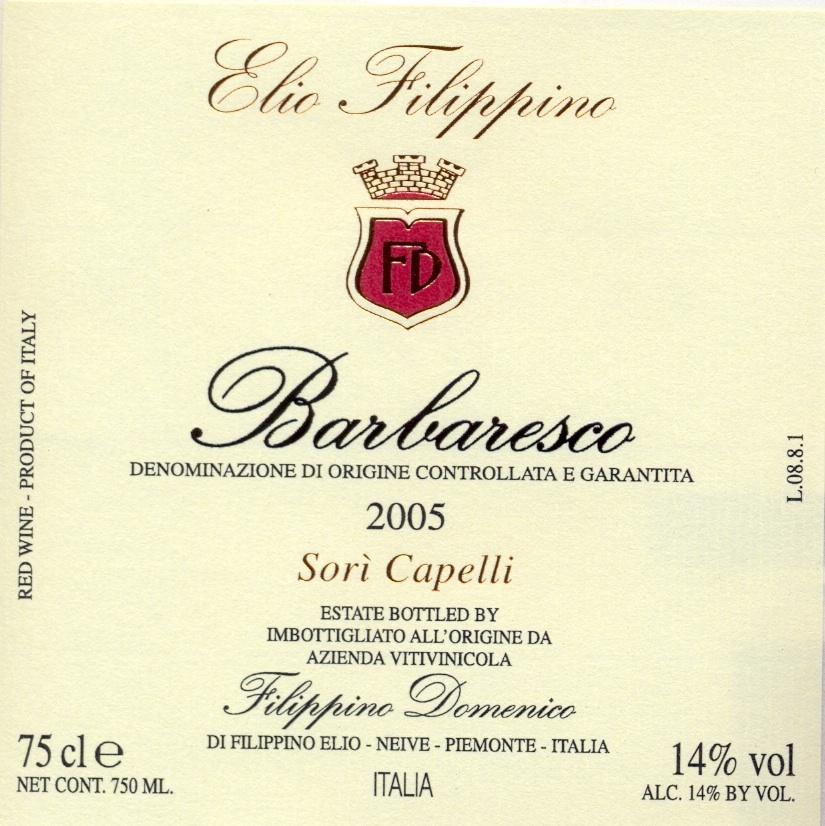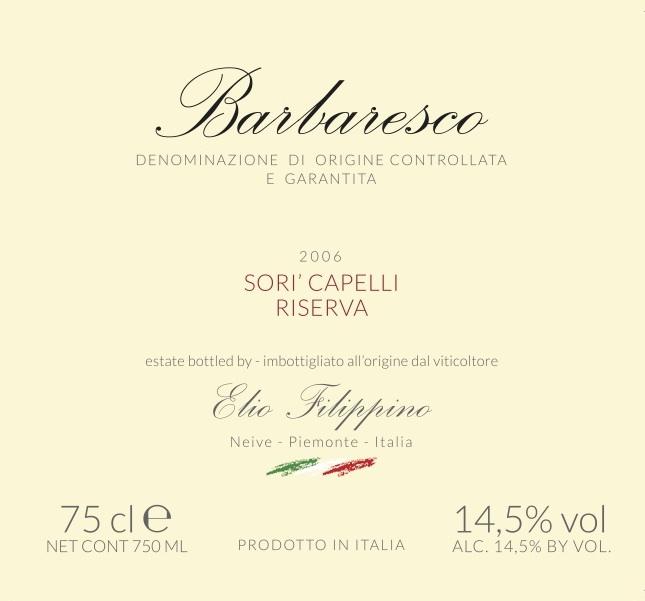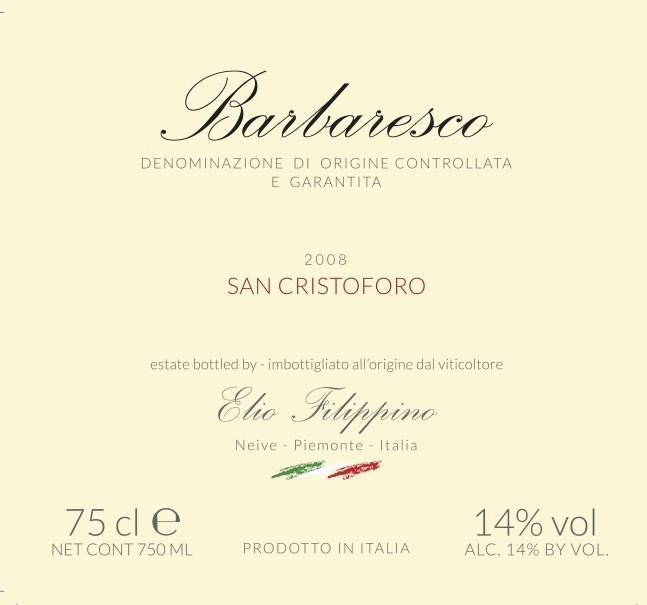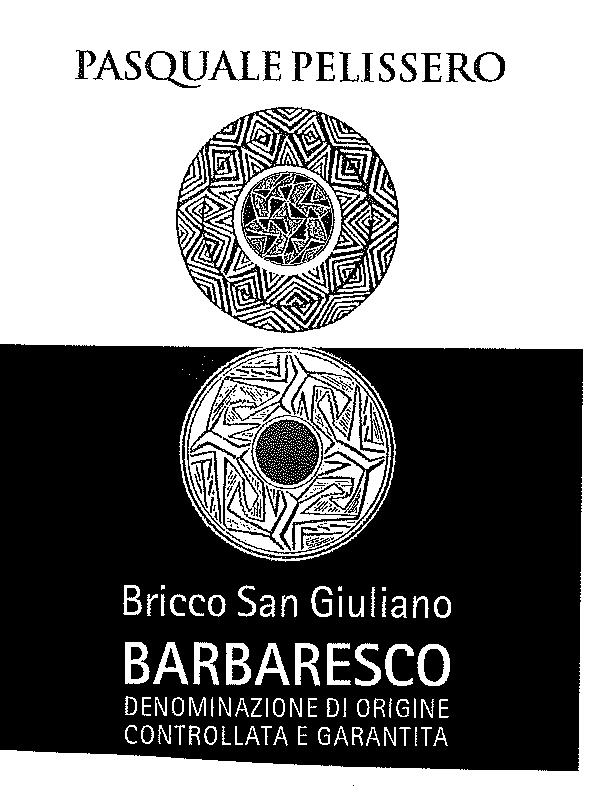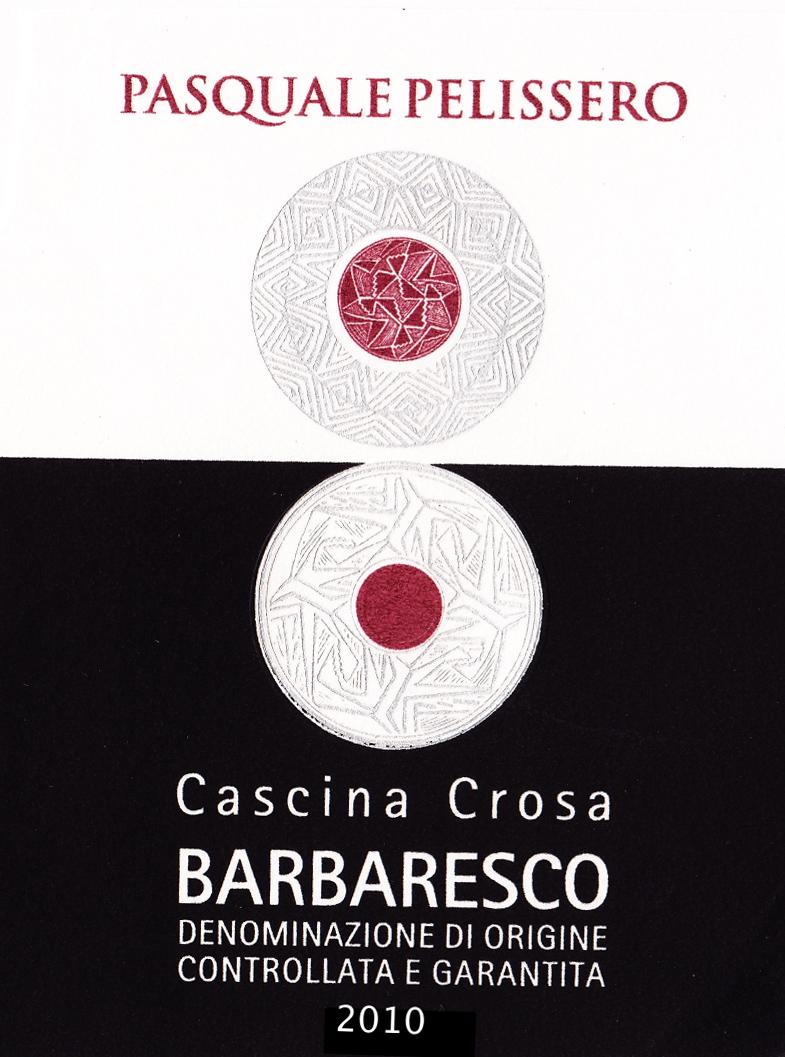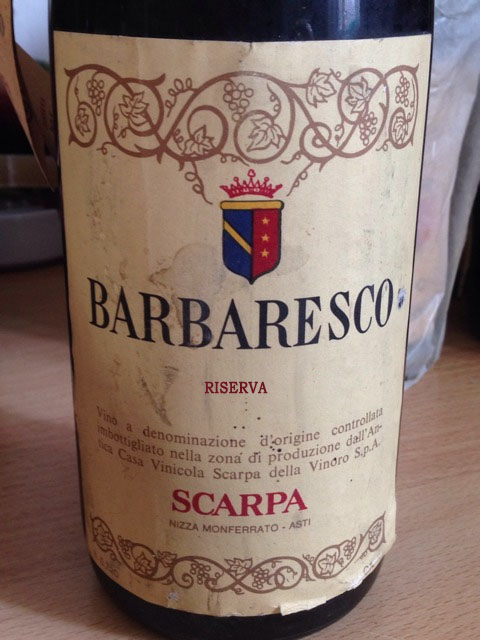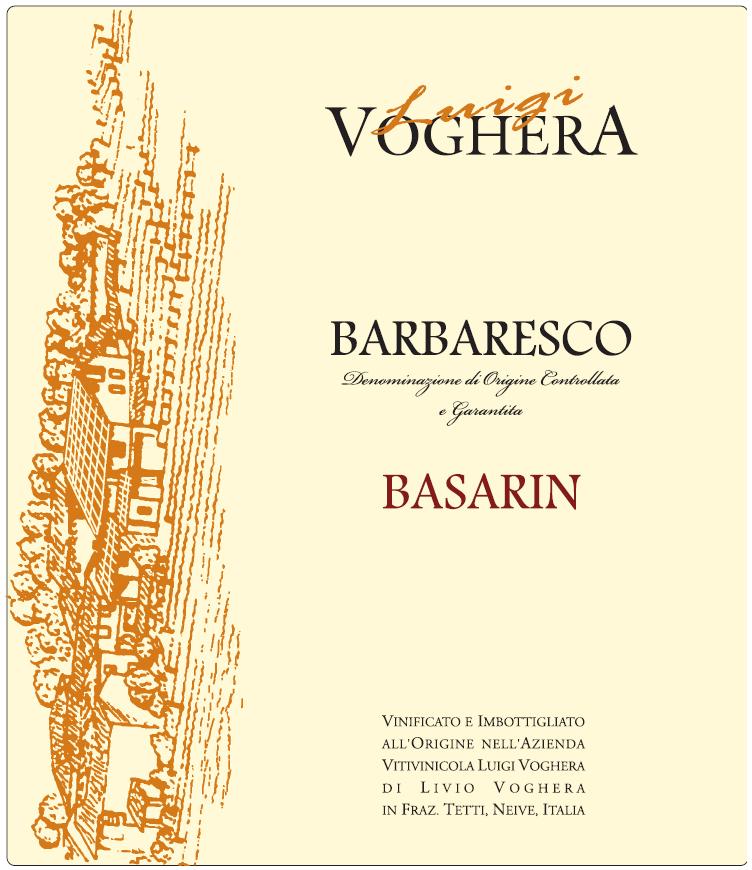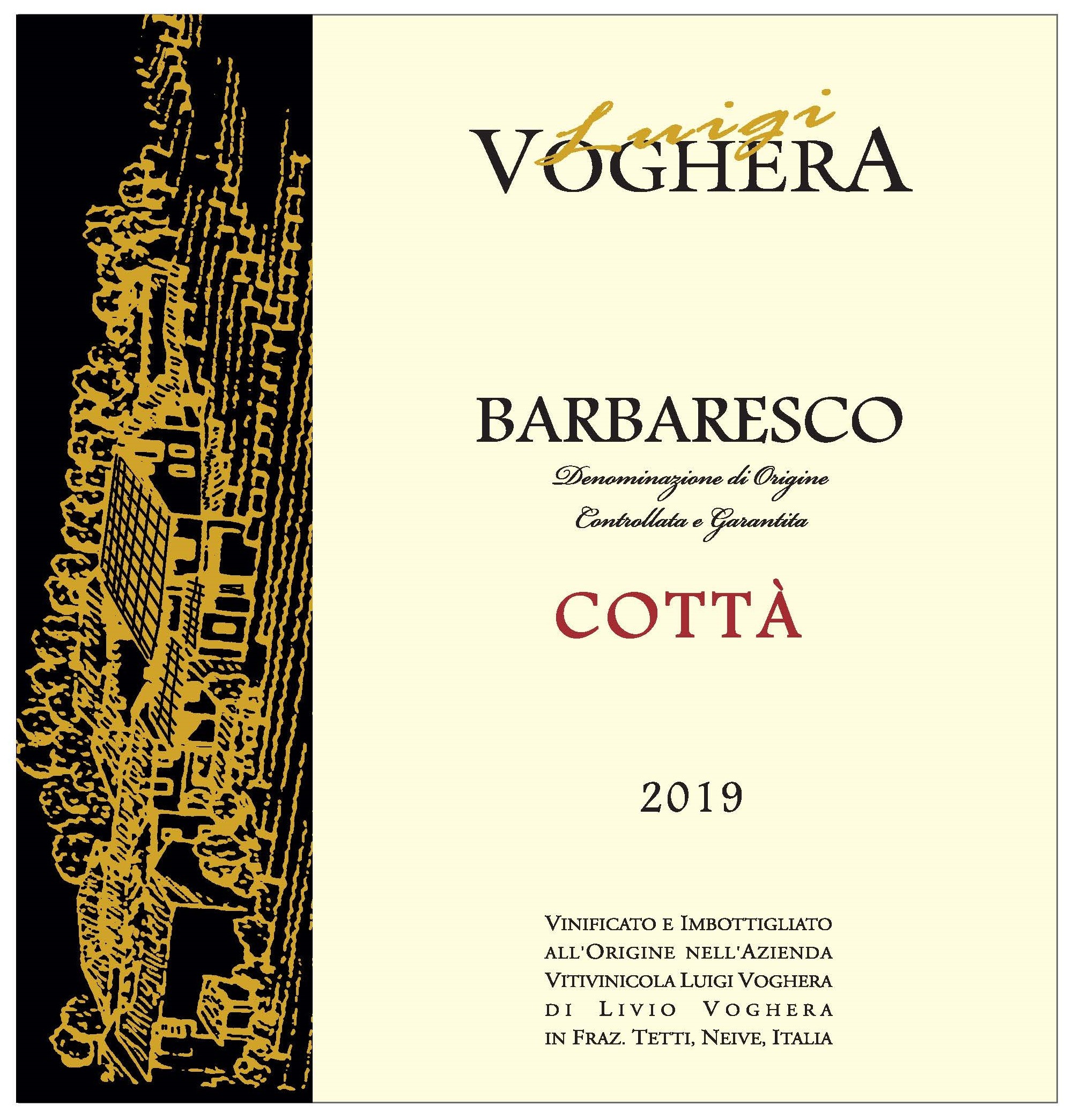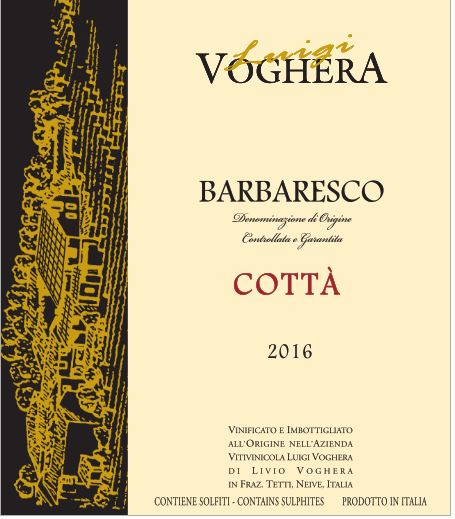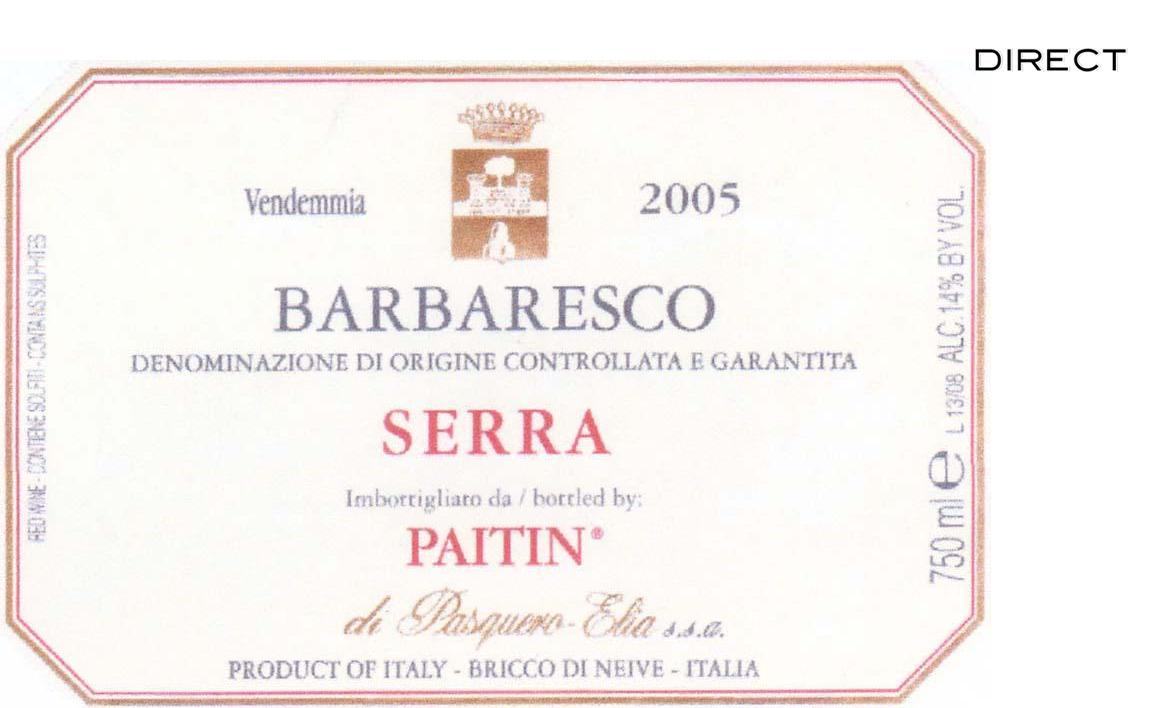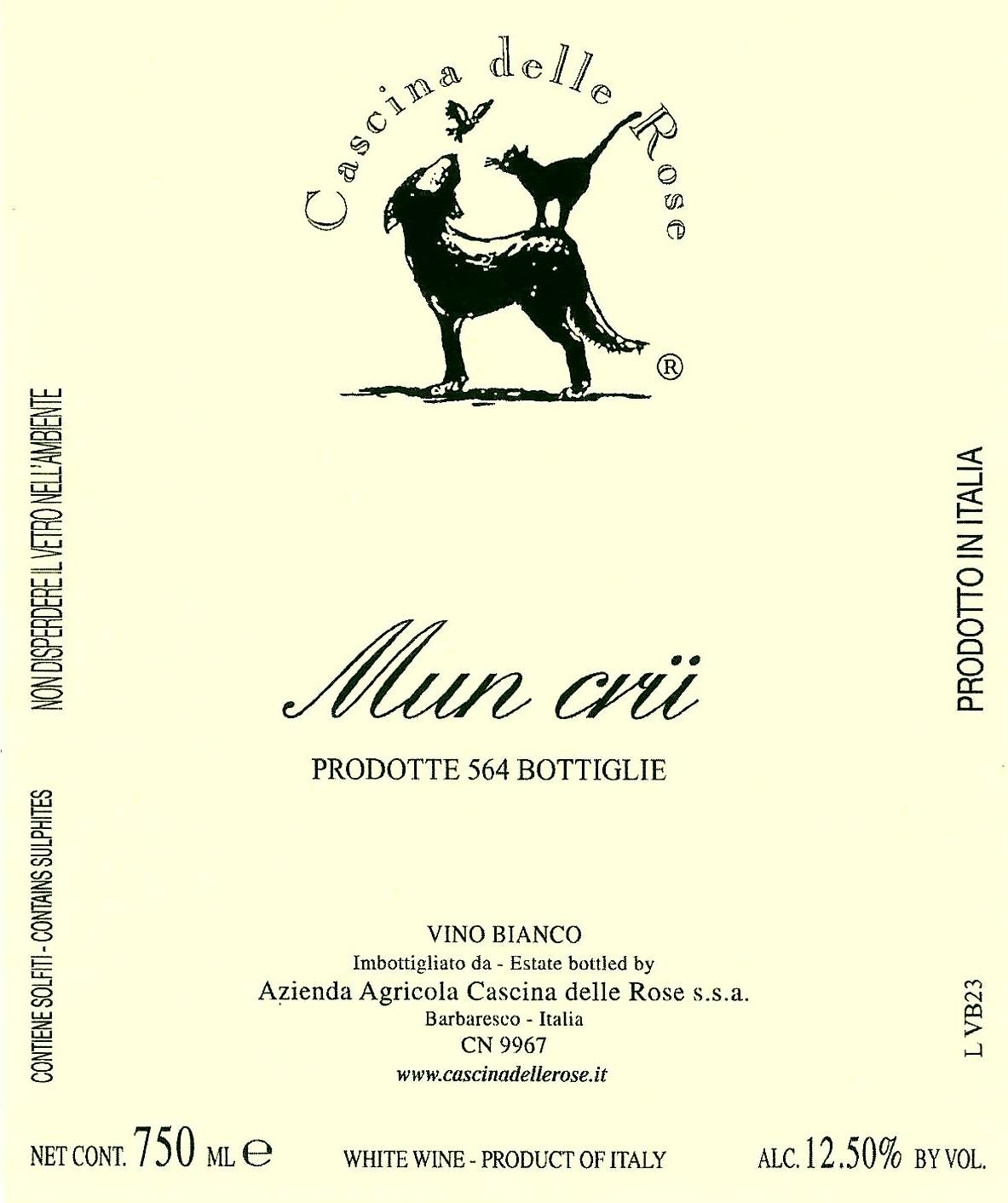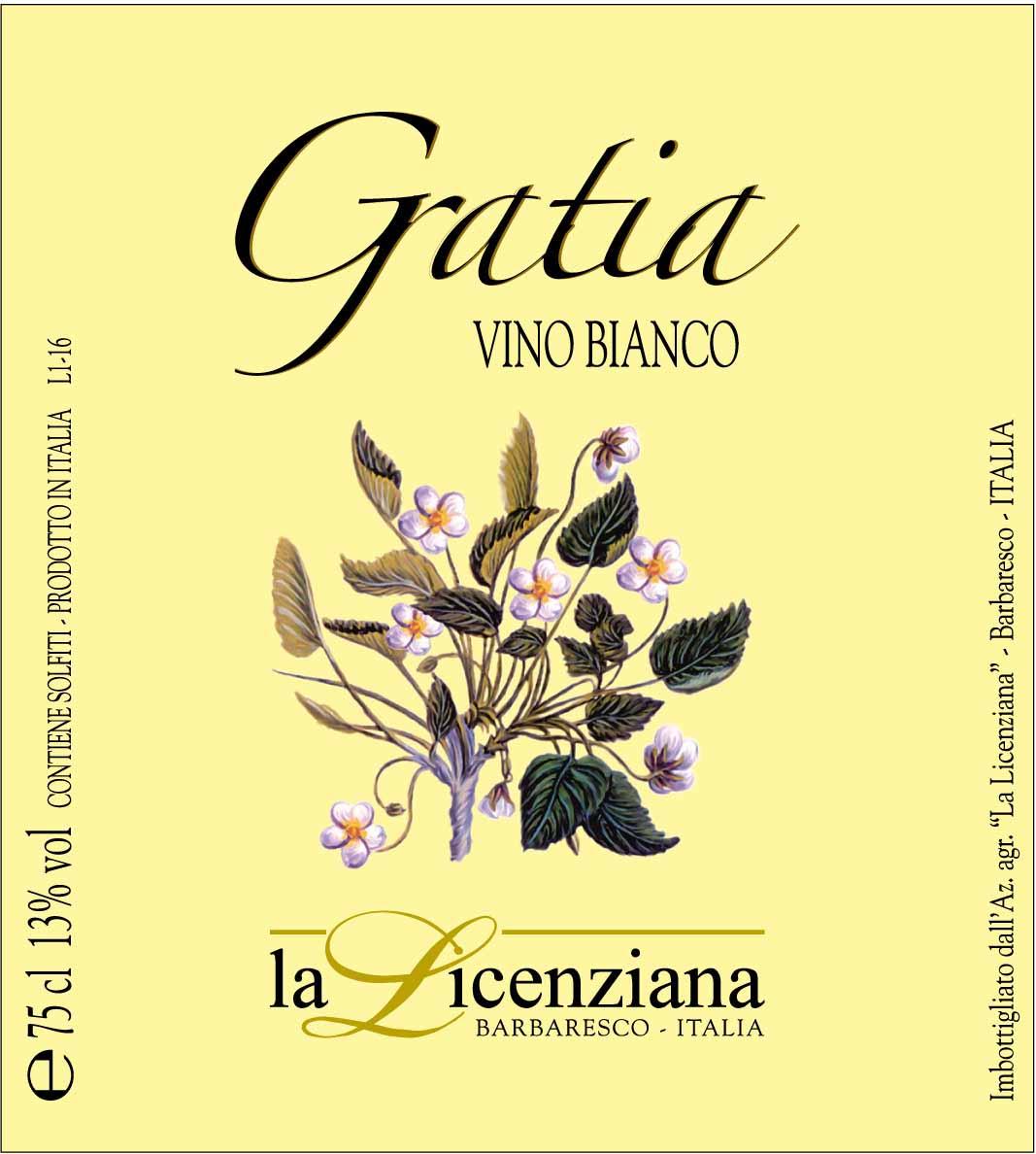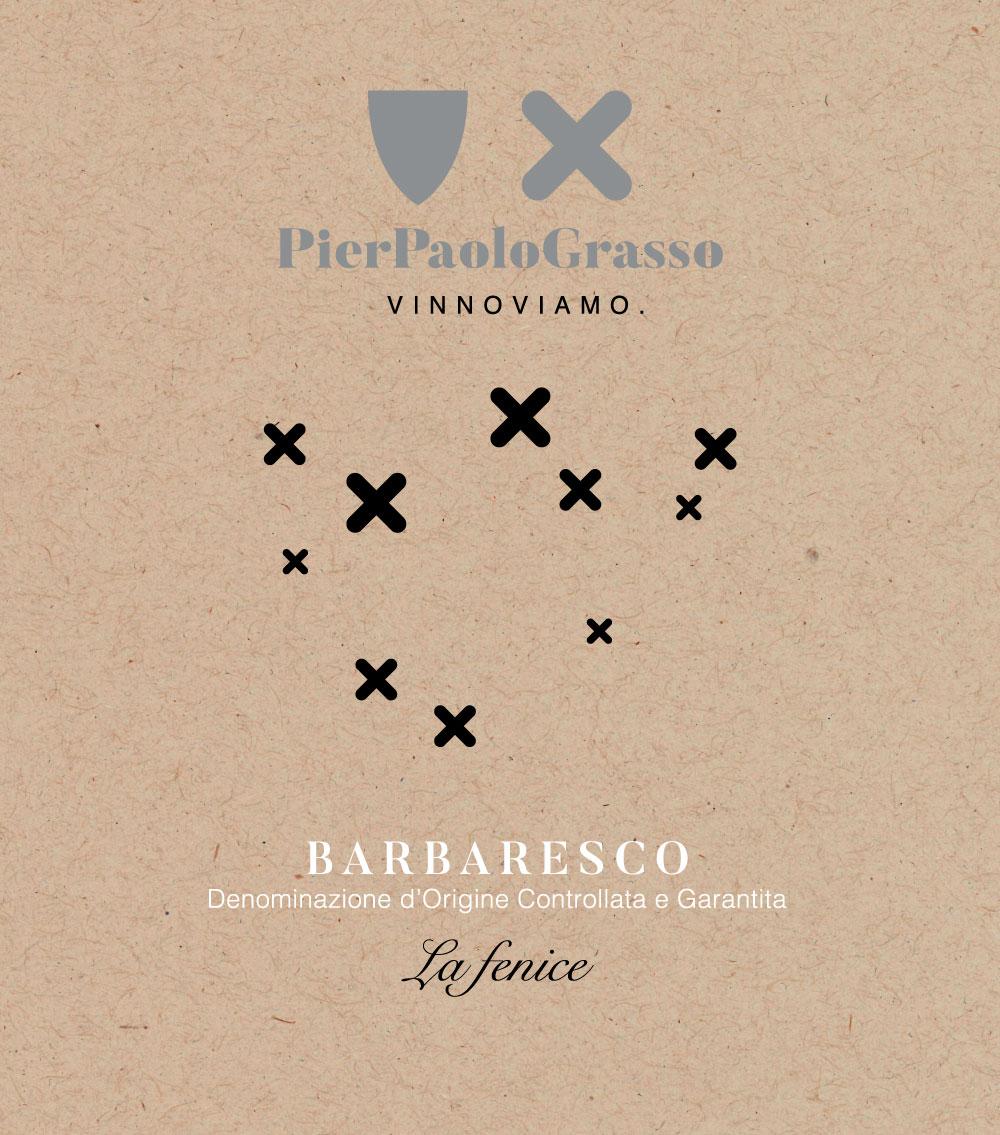Terroir of Barbaresco
Barbaresco's unique landscape features amphitheater-like hills facing south to southeast, soaking up sunlight. The calcareous marl soils, from ancient sea deposits, are ideal for Nebbiolo vines. In Barbaresco, the bluish Sant’Agata Fossili marls add elegance and depth to the wines. Neive, Treiso, and San Rocco Seno d’Elvio have diverse marl and sand layers, making wines with a robust, structured character.
The region's moderately continental climate is key for the slow ripening of grapes, crucial for Nebbiolo's maturity. Afternoon breezes from the Tanaro valley and Alpine foothills cool the warm summers. Autumn fog helps in gradual ripening. The area receives 700–900 mm of rain annually, mainly in spring and fall, aiding grape growth. This makes Barbaresco a top spot for wines with fine tannins and layered complexity.
Notable Wineries in Barbaresco
Barbaresco, nestled in the heart of Piedmont, is a storied wine region known for its expressive Nebbiolo wines. Several wineries here have etched their names into the global wine narrative:
-
Produttori del Barbaresco: A renowned cooperative since 1958, celebrated for its classic and age-defying Barbaresco wines, particularly from vineyards like Asili and Rabajà.
-
Angelo Gaja: A pivotal player in Barbaresco’s fame, Gaja’s meticulous vineyard care and select barrique aging result in deep, elegant single-vineyard wines such as Sorì Tildìn and Costa Russi.
-
Bruno Giacosa: A legendary name, crafting sought-after Barbaresco crus like Asili and Rabajà, known for their classic style and purity.
-
Ceretto: A family estate producing impressive Barbarescos from multiple crus, blending power and finesse through modern winemaking techniques.
Sustainable Winemaking in Barbaresco
Barbaresco is increasingly adopting sustainable wine practices, aligning tradition with environmental consciousness. Many vineyards are transitioning to organic or biodynamic approaches, utilizing cover crops to combat erosion and employing Integrated Pest Management to reduce chemical use. The local consortium supports these eco-friendly methods and promotes energy efficiency and waste reduction initiatives.
Key vineyard strategies include maintaining permanent grass cover and implementing terracing to safeguard soil, while some growers choose massal selections of Nebbiolo to preserve genetic diversity. In the cellar, producers invest in renewable energy and water recycling, and many pursue certifications like VIVA or SQNPI. Community efforts also focus on enhancing biodiversity and promoting “green” tourism, ensuring the region's natural beauty is preserved for future generations.
Wine Tourism in Barbaresco
Wine tourism in Barbaresco offers a fusion of history, nature, and viticulture.
The region's charm lies in its scenic routes and welcoming wineries. Visitors can explore the medieval tower overlooking vineyards and visit the Enoteca Regionale del Barbaresco to taste local wines and learn about their distinct characteristics.
Cellar tours, available by appointment, provide insights into the craftsmanship behind the wines. Trails through Barbaresco, Neive, Treiso, and Alba cater to hikers and bikers, with e-bikes being a popular choice.
Culinary experiences abound, with Piemontese dishes and truffle hunting complementing the wine journey. Seasonal events like the International White Truffle Fair in Alba add to the allure.
As Barbaresco embraces sustainable practices, tourists can engage in "green" tourism, ensuring the region’s natural beauty endures. This combination of culture, cuisine, and commitment to the environment makes Barbaresco a top destination for wine enthusiasts.
